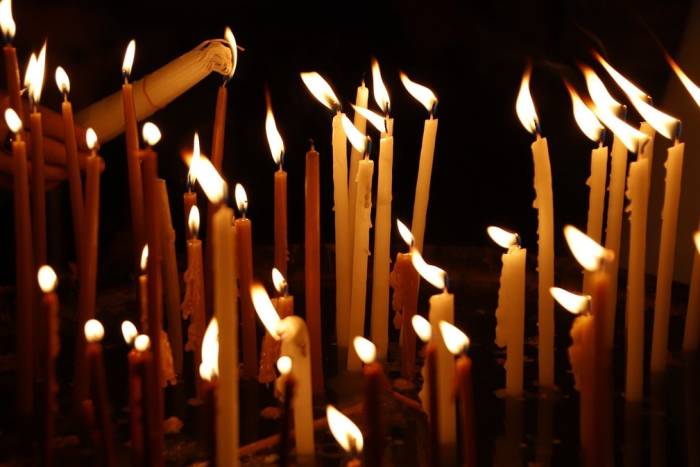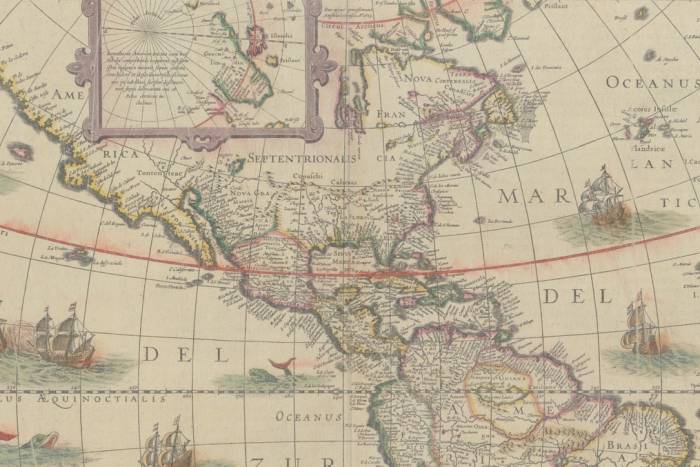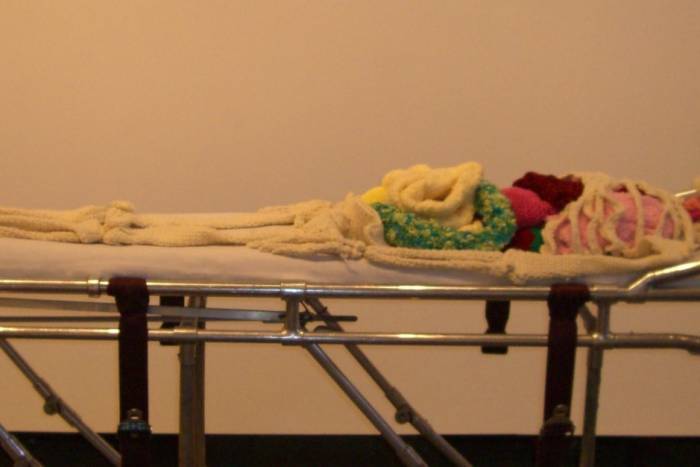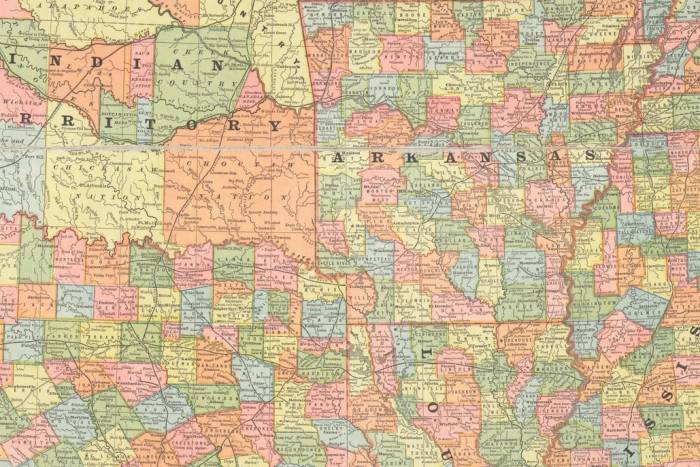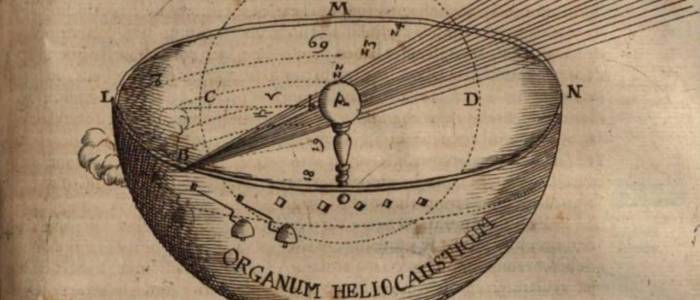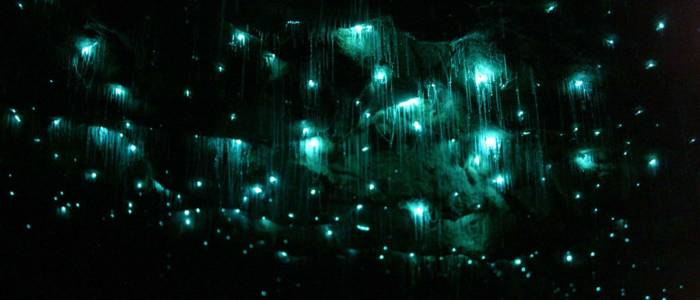On the Recognition of Shamanism as a Traditional Medicine
Traditional medicine long predates pharmaceuticals: its legacy and conservation depend on being aware of its importance to the past, present and future.
When we think of the shaman, what comes to mind is the image of a man or woman covered in animal skins, bird feathers, probably dancing or singing near a fire, chanting admonitions to unknown gods, and all within the logic of a magical thinking far from our own rational Western paradigm. But magic in shamanic traditions and lineages around the world doesn’t deal (only) in communication with the spirits and the preservation of tribal rites. It can be a valuable source of medical and scientific knowledge if studied within its own context.
Mark Plotkin is an activist who’s worked for more than three decades for the conservation of the Amazon rainforest, both in forestry and ecosystems. He’s also worked on the recognition of its inhabitants, and original inhabitants. In his travels through the South American Amazon, Plotkin has often been successfully treated by shamans who’ve cured ailments and diseases that Western medicine failed to solve.
“Like physicians,” Plotkin writes, “shamans are not infallible and vary in abilities.” This recognition is important because a patient or someone sick will often seek out a Western physician or a traditional shaman for healing from an ailment, regardless of the methods used. But both depend on their tools and knowledge to carry out the healing work and to reintegrate the patient’s health. Only, unlike Western physicians, the shamans’ approach doesn’t deal only with the physical ailments of the body. The body itself is treated as a material and spiritual complex, in the same way that medicines – from plant sources, minerals or animals – are treated with the same spiritual dignity.
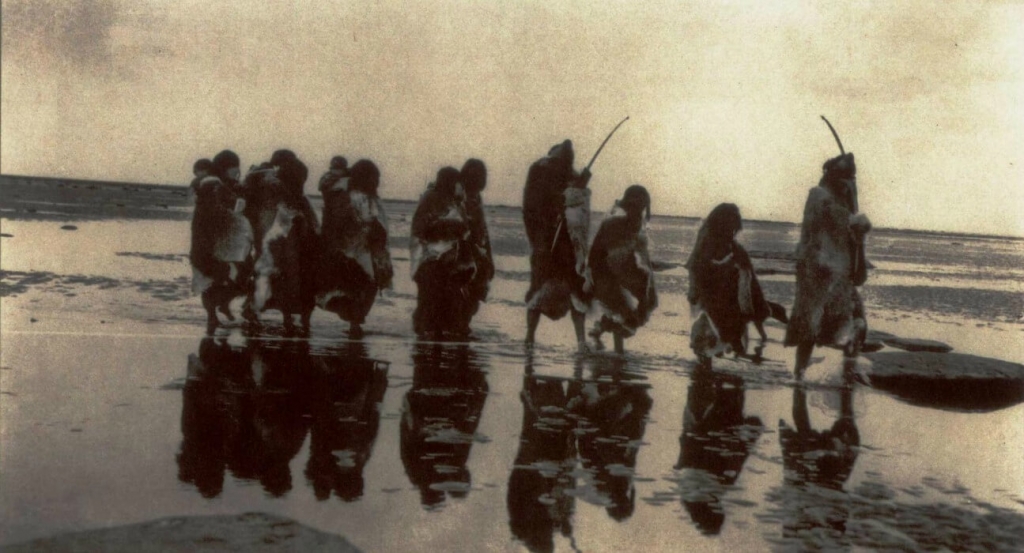
Dr. Christopher Herndon, a physician, and ethnobotanist at Yale University, has noted in his travels and contacts with Amazonian shamans that “when asked about disease conditions, shamans present highly detailed and specific descriptions of the characteristics of the disease and associated symptomatology. They often comment on disease associations and their responses to therapy, not rarely demonstrating a remarkable focus on the natural history of disease processes as it is understood.”
On the other hand, any recognition of traditional medicine and herbalism also has a political component, as numerous economic interests in the West reject the value of these types of treatments. A most recent case is the resistance of the Lakota people in Standing Rock, North Dakota, who are fighting against the construction of a 1,600-kilometer pipeline that would cross their land. Cases, such as that of the Wixárika (Huichol) people in Mexico and their defense against mining on the Wirikuta sacred land are another example. In the Amazon, the devastation caused by companies that cut down forests to take advantage of their resources not only undermines the territorial heritage of the original inhabitants of the region, it also destroys the natural pharmacy of the Earth, preventing us from knowing and classifying the enormous biodiversity still to be studied there. In addition to the direct exploitation of the land, large pharmaceutical companies benefit directly from the destruction, even though many prescription drugs – from aspirin to beta blockers – were developed in laboratories from fungi and poisonous animals in use for hundreds of years by practitioners of traditional medicine.
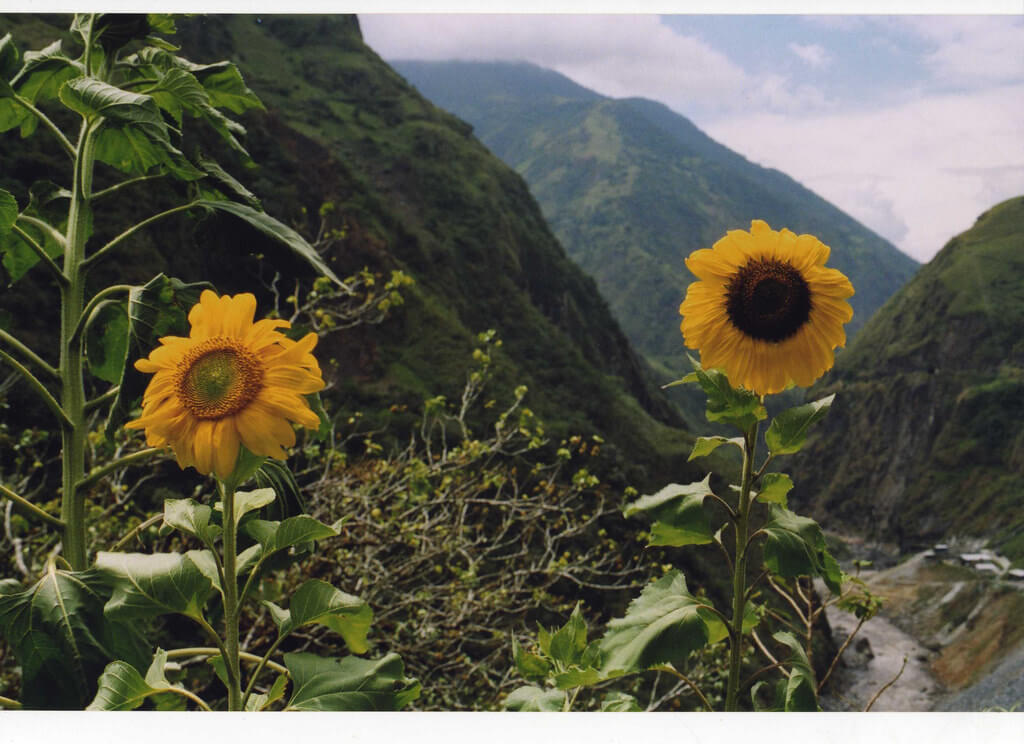
Plotkin and his colleagues have been working on the Amazon Conservation Team project for 20 years. Their aim is to protect both the forests and the knowledge and culture of tribal populations, not from a white colonialist position, but working alongside the councils of elders for the conservation of the territory and its resources. Programs and clinics are also proposed to allow new generations to learn traditional medicine directly from shamans and healers so that the tradition and wisdom aren’t lost.
*Images: 1) Collage – Creative Commons; 2) Public Domain; 3) Flickr: albertg.net / Creative Commons
Related Articles
When ancient rituals became religion
The emergence of religions irreversibly changed the history of humanity. It’s therefore essential to ask when and how did ancient peoples’ rituals become organized systems of thought, each with their
Seven ancient maps of the Americas
A map is not the territory. —Alfred Korzybski Maps are never merely maps. They’re human projections, metaphors in which we find both the geographical and the imaginary. The cases of ghost islands
An artist crochets a perfect skeleton and internal organs
Shanell Papp is a skilled textile and crochet artist. She spent four long months crocheting a life-size skeleton in wool. She then filled it in with the organs of the human body in an act as patient
A musical tribute to maps
A sequence of sounds, rhythms, melodies and silences: music is a most primitive art, the most essential, and the most powerful of all languages. Its capacity is not limited to the (hardly trivial)
The enchantment of 17th-century optics
The sense of sight is perhaps one the imagination’s most prolific masters. That is why humankind has been fascinated and bewitched by optics and their possibilities for centuries. Like the heart, the
Would you found your own micro-nation? These eccentric examples show how easy it can be
Founding a country is, in some ways, a simple task. It is enough to manifest its existence and the motives for creating a new political entity. At least that is what has been demonstrated by the
Wondrous crossings: the galaxy caves of New Zealand
Often, the most extraordinary phenomena are “jealous of themselves” ––and they happen where the human eye cannot enjoy them. However, they can be discovered, and when we do find them we experience a
Think you have strange reading habits? Wait until you've seen how Mcluhan reads
We often forget or neglect to think about the infinite circumstances that are condensed in the acts that we consider habitual. Using a fork to eat, for example, or walking down the street and being
The sky is calling us, a love letter to the cosmos (video)
We once dreamt of open sails and Open seas We once dreamt of new frontiers and New lands Are we still a brave people? We must not forget that the very stars we see nowadays are the same stars and
The sister you always wanted (but made into a crystal chandelier)
Lucas Maassen always wanted to have a sister. And after 36 years he finally procured one, except, as strange as it may sound, in the shape of a chandelier. Maassen, a Dutch designer, asked the

